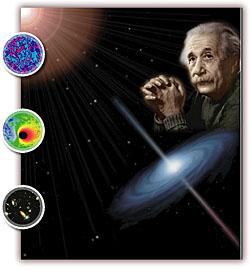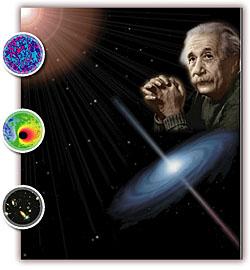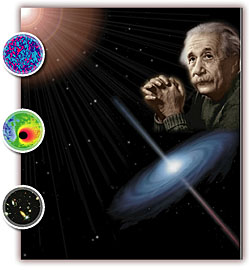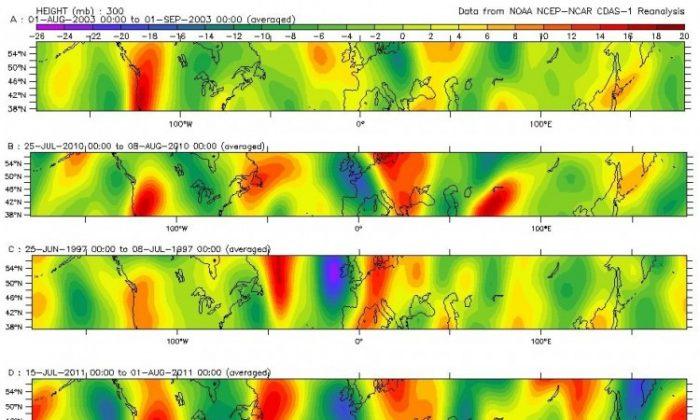Space-time may be more smooth than foamy, supporting Albert Einstein’s General Theory of Relativity.
NASA’s Fermi Gamma-ray Space Telescope tracked the paths of three photons at different wavelengths that originated from a gamma-ray burst about 7 billion light-years away and arrived at the telescope a millisecond apart.
In contrast, some theories of quantum gravity depict space-time as a froth of particles and even as black holes shifting in and out of existence over tiny moments at the Planck-length scale: less than a trillionth of a trillionth of a hydrogen atom’s diameter.
These miniature hypothetical “bubbles” would be almost undetectable, but photons from gamma-ray bursts have such short wavelengths that they could interact with them and be scattered as they travel huge distances through space-time, especially if the photons’ wavelengths are different.
“Gamma-ray bursts can tell us some very interesting things about the universe,” said research leader Robert Nemiroff at Michigan Technological University in a press release.
“If foaminess exists at all, we think it must be at a scale far smaller than the Planck length, indicating that other physics might be involved.”
Nemiroff noted that other explanations are possible.
“There is a possibility of a statistical fluke, or that space-time foam interacts with light differently than we imagined,” he said.
The findings were presented at the American Astronomical Society meeting in California.
The Epoch Times publishes in 35 countries and in 21 languages. Subscribe to our e-newsletter.





